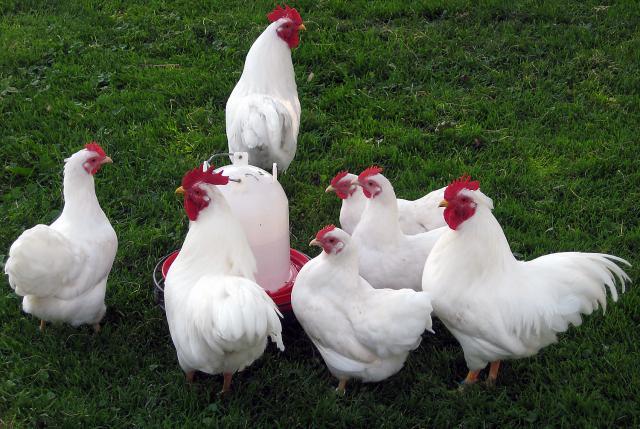Thursday, October 26, 2017
Eat More Chicken: Scientists Hone in on Genetics Behind Chicken Weight Adaptation
Poultry farmers are especially interested in the discoveries made in this study because they are always looking for ways to aid in worldwide consumption of chicken. This article stated that scientists are researching the genetic mechanisms to breed chickens to maximize overall body weight and body size. From Uppsala University, scientist Orjan Carlborg studied the specific genetics associated with weight adaptation in chickens. Carlborg used two lines of White Plymouth Rock chicken breeds. These two bred lines were specifically different in terms of low body weight and high body weight. In the study, they mated 40 generations of selection by using an intercross mating technique of high and low body weight chickens.
In the study, scientists identified 20 different loci that accounted for more than 60% of genetic variance for body weights of chickens. Carlborg concluded that gene expression at many different loci can be attributed to the large variation between the crossed lines of high and low body weight chickens. Carlborg discovered that the genetic mechanisms at the individual loci were more complex than what was once thought. Out of the 20 different loci, Carlborg focused on seven genetic hotspots. Five of the seven hotspots were considered epistatic and they were linked with multiple variations of the genes. These five hotspots would account for polygenic adaptations for chicken body weight.
For future research, scientists should look to find a deeper understanding of the genetic mechanisms involved with chicken body weight adaptations. There is room for growth when researching specific complexities within each locus associated with chicken body weight. With more research and understanding of the polygenic attributions at the loci, scientists will be better able to predict body weight of chickens to aid poultry farmers and worldwide consumption.
Image: 12082_rocks-7.jpg
https://www.sciencedaily.com/releases/2017/07/170718221902.htm
https://www.ncbi.nlm.nih.gov/pmc/articles/PMC2475757/
Subscribe to:
Post Comments (Atom)

No comments:
Post a Comment